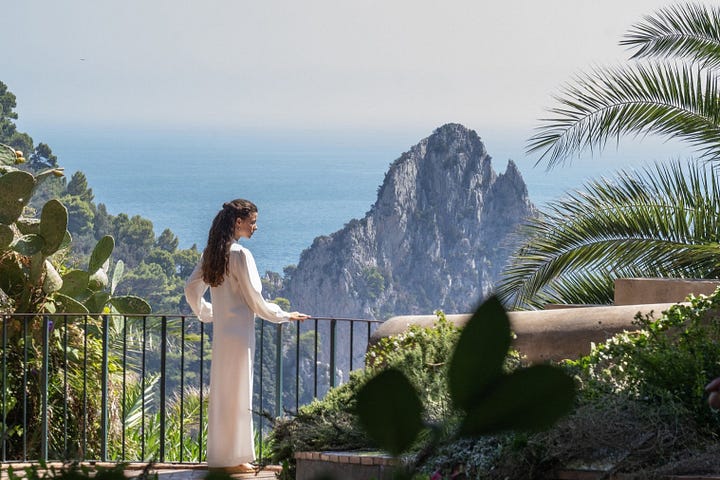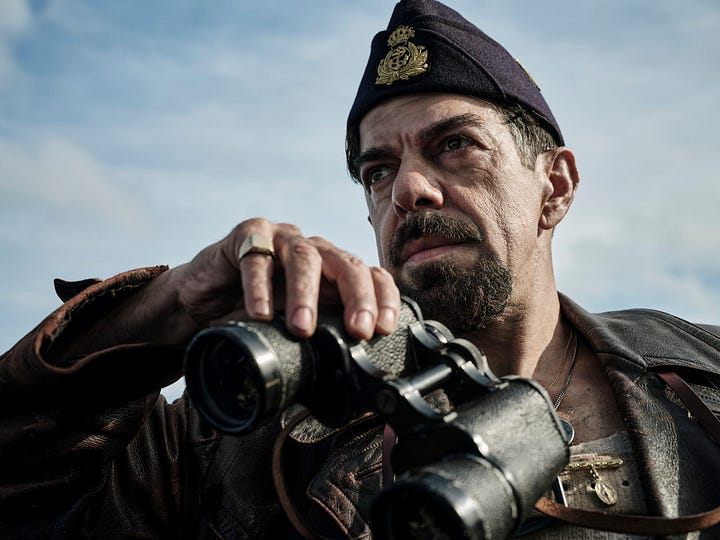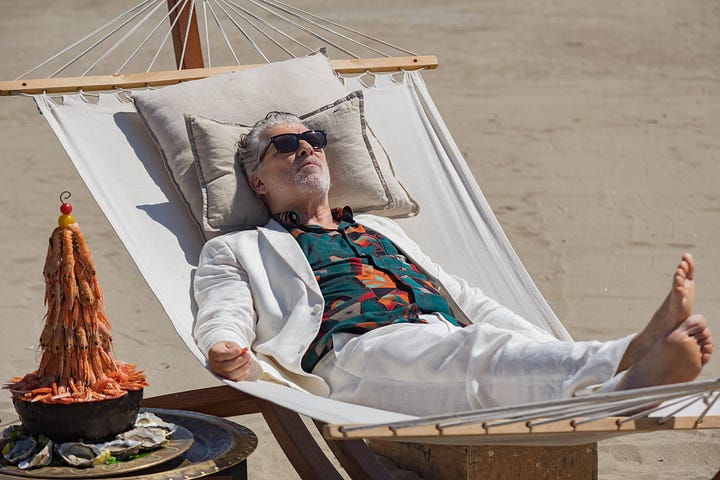Something to watch over the next nine months or so
Preview: 2025 Italian Film Festival




Unlike most modern film festivals which take a “smash and grab” approach by dropping the entire programme in cinemas all over New Zealand at the same time – maximising marketing and promotional attention – the Italians have a much more leisurely philosophy.
Just like the old days – when battered 35mm film canisters made their weary way around the county, one city at a time – the Italian Film Festival is a kind of roadshow. It’s almost a new cinema each week. They even have a relaxed enough attitude that they take all of June off (to go and spend a summer in Italian cinemas no doubt).
Check out the website to find out when the caravan arrives in your neck of the woods. Wellington readers? You’ll be holding your breath until November.
As is my usual practice, I asked festival director Paolo Rotondo to send me previews of a handful of the films in the programme. I often describe it as “throwing darts at the programme and seeing where they land” but it’s a little bit more nuanced than that.
I had time to watch three features before this Auckland opening weekend. There was no need to go back to some of the classics that Paolo has programmed for the 10th anniversary of his (and wife Renee’s) version of the festival1. Two brilliant films by the late Anthony Minghella will look resplendent on the big screen: The Talented Mr. Ripley (which is set in Italy, of course) and The English Patient (my memories of this film are mostly of the North African section but, of course, that’s all flashback as our ‘patient’ is tended to in Tuscany).
There’s also a return for smash hit comedy Welcome to the South (a remake of another smash hit, Welcome to the Sticks from France), and Paolo Sorrentino’s Youth starring Michael Caine and Harvey Keitel.
Parthenope (Sorrentino, 2024)
Speaking of Sorrentino, he’s one of my favourite filmmakers and back on form with this tale of a woman so beguilingly beautiful that the world doesn’t know how to cope.
Parthenope (Celeste Dalla Porta) is the second child of a rich and distracted couple living in an idyllic villa by the sea in Naples. Reaching her own maturity in about 1970 – just as the rest of the world appears to be heading in the other direction – Parthenope studies anthropology (with one of my favourite actors, Silvio Orlando who was a scheming cardinal in The Young Pope), parties with a depressed American author (Gary Oldman playing John Cheever, author of “The Swimmer” which was made into a brilliant Burt Lancaster film), flirts with handsome Sandrino (Dario Aita) and fails to prevent the suicide of her devoted brother Raimondo (Daniele Rienzo).
After that tragedy, she finds herself over the next few years wandering through a rogues’ gallery of Naples characters including an acting coach in a mask, a philandering but philosophical cardinal and a Camorra boss.
This is one of Sorrentino’s road movies, like This Must Be the Place or The Great Beauty, where the central character searches for meaning in a privileged but unexamined life. Indeed, Parthenope is a great counterpoint to The Great Beauty – she is “The Great Beauty” but is no more fulfilled than the one searching for her.
Parthenope is a perfect example of a woman who everyone must look at but that no one actually sees, and Sorrentino’s film (while full of the kind of grotesqueries and visual non sequiturs that we love from him) also contains deep wells of loneliness. I was captivated by this film, not least because the gaze of the camera on Parthenope demands it. Which is sort of the point.
Keep reading with a 7-day free trial
Subscribe to Funerals & Snakes to keep reading this post and get 7 days of free access to the full post archives.

